As state regulators warn of impending energy shortfalls, capacity prices rise again
State-driven resource planning process will begin in 2026.
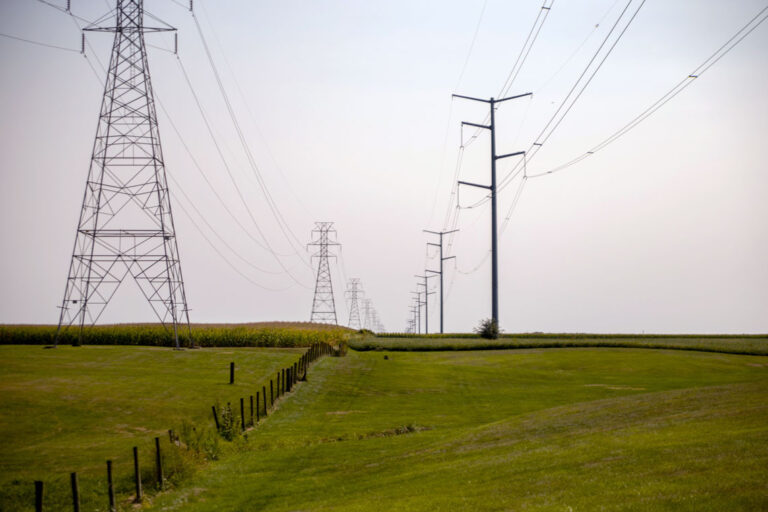
State-driven resource planning process will begin in 2026.
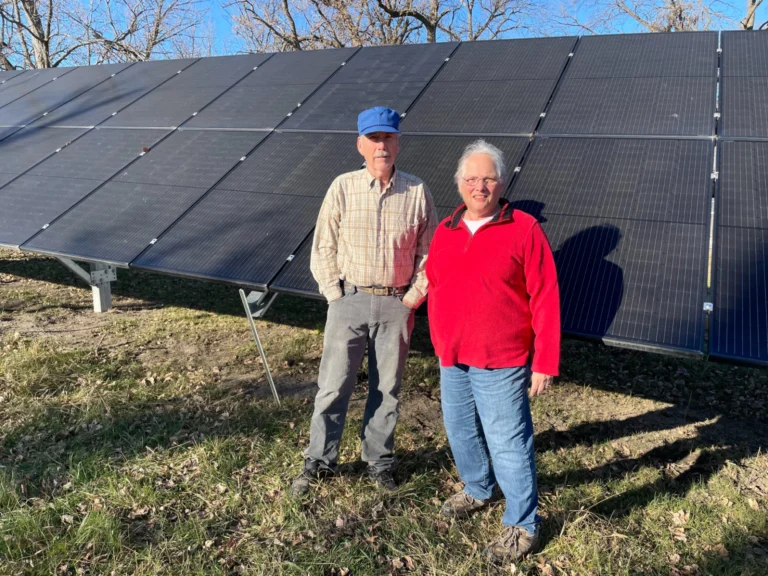
The massive tax and spending law signed in July halts a federal incentive for residential solar, and homeowners and installers are hurrying to complete projects before the end of the year. Industry experts say there are other ways to cut costs like “group buys.”
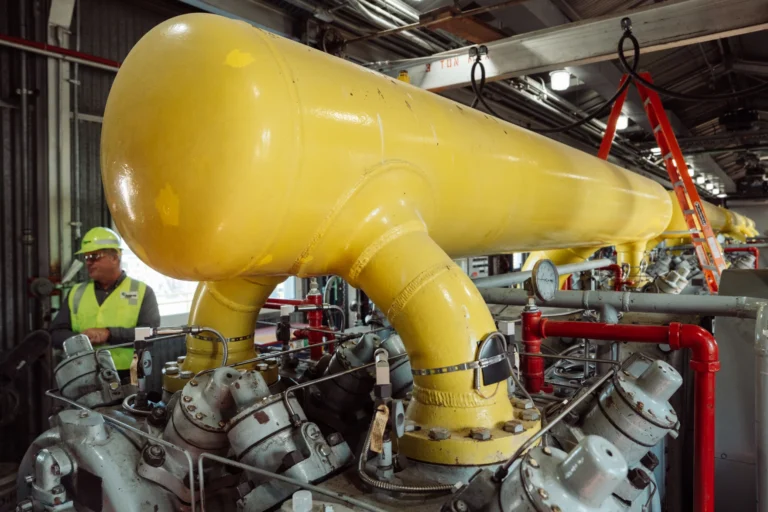
Buried in the rate request that Illinois regulators cut last month from nearly $129 million to $73 million is the final phase of Ameren’s modernization efforts for its natural gas storage field just south of Freeburg.

Student officials at the University of Illinois Urbana-Champaign say administrators have changed their election rules without their input.

Meteorologists said wind chills will range from zero to as low as 15 degrees below zero on Wednesday and Thursday nights.
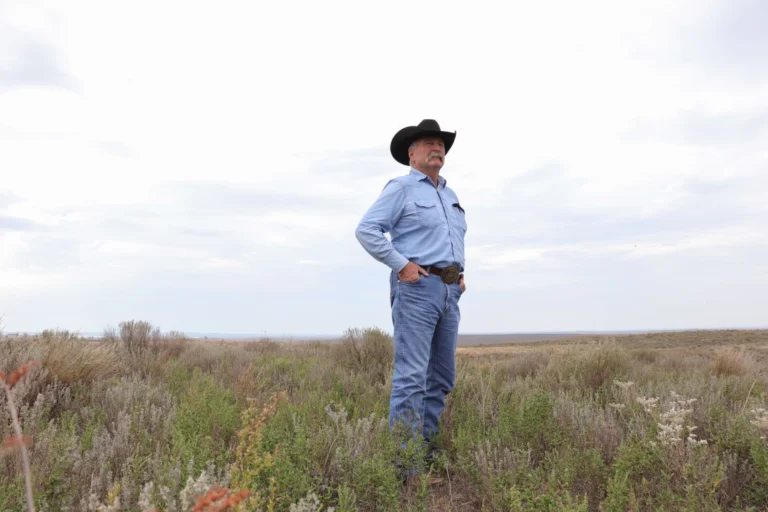
The U.S. Fish and Wildlife Service estimates millions of lesser prairie chickens may have once scurried across a range of almost 100 million acres across the Great Plains. Today, scientists estimate there are only about 27,000 left in five states – Kansas, Oklahoma, Texas, New Mexico and Colorado.
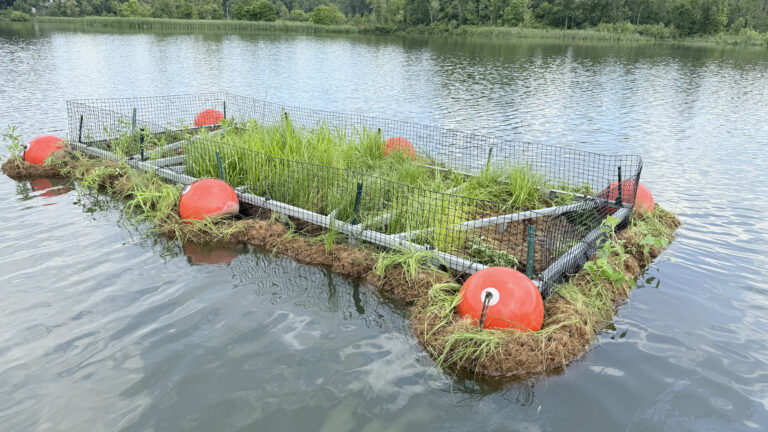
As winter approaches, the durability of two new floating wetlands in Lake Decatur will be tested. These man-made structures were installed on the lake this summer with the goal of improving water quality and creating a habitat for wildlife.
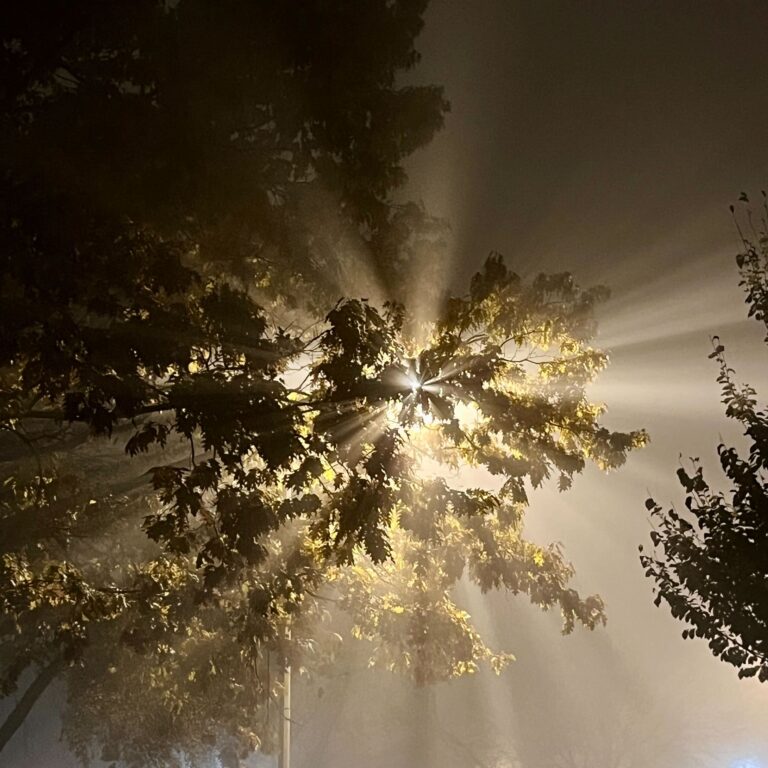
URBANA – The National Weather Service in Lincoln has posted a Dense Fog Advisory for much of central and southwest Illinois until mid-morning on Friday. Cass, Champaign, DeWitt, Fulton, Logan, Macon, Mason, McLean, Menard, Morgan, Piatt, Sangamon, Schuyler, Scott, Tazewell, Vermilion, and Woodford Counties are included in the advisory. Meteorologists advise that if you plan…
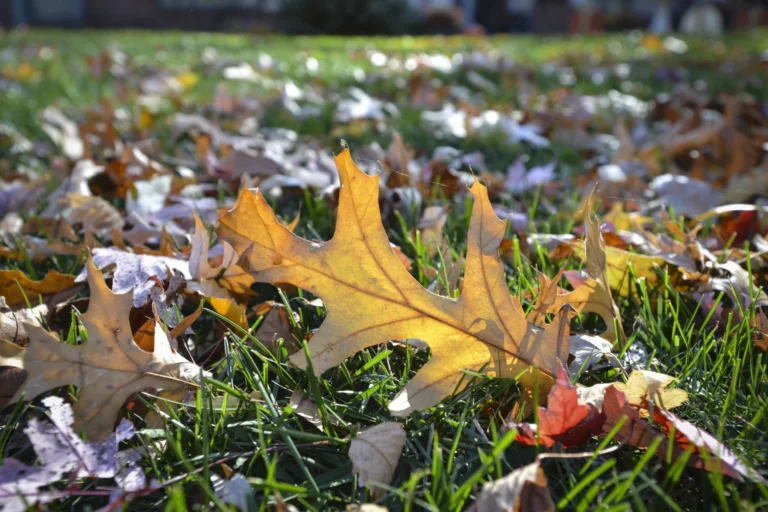
Scientists say leaving autumn leaves on the ground can add important nutrients to the soil and create needed habitat for insects.
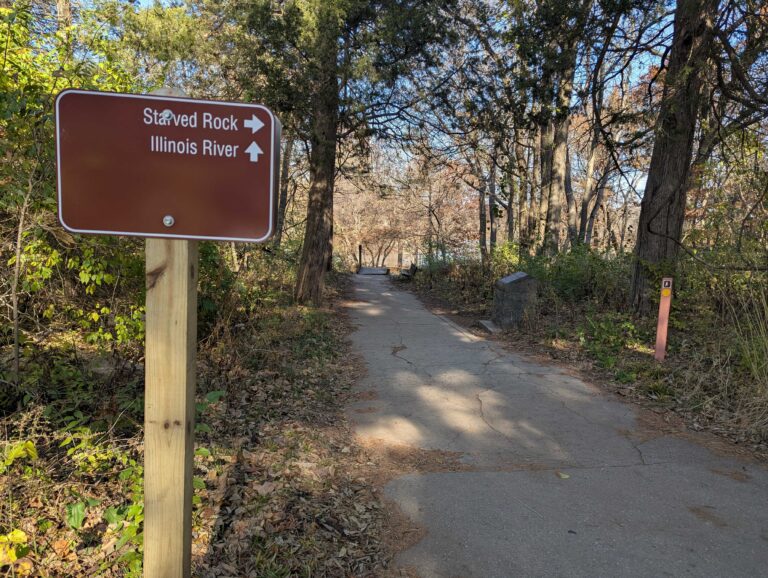
The improvements will include repairs to retaining walls, bridges, stairways and boardwalks.
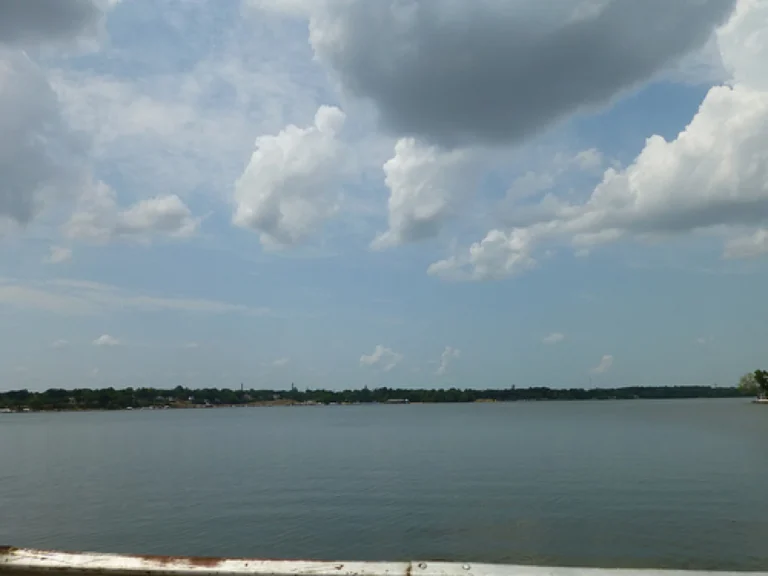
Officials said Lake Decatur’s water level continues to drop and drought conditions persist in the Lake Decatur watershed as much of central Illinois has received below average rainfall since mid-August 2025.

State of Change 2025 airs Thursday, November 13 at 7:00 p.m. on WILL-TV.

This project adds another stretch of the Embarras River to the existing 14 river-miles under Grand Prairie Friends’ protection across Champaign, Douglas and Coles Counites.
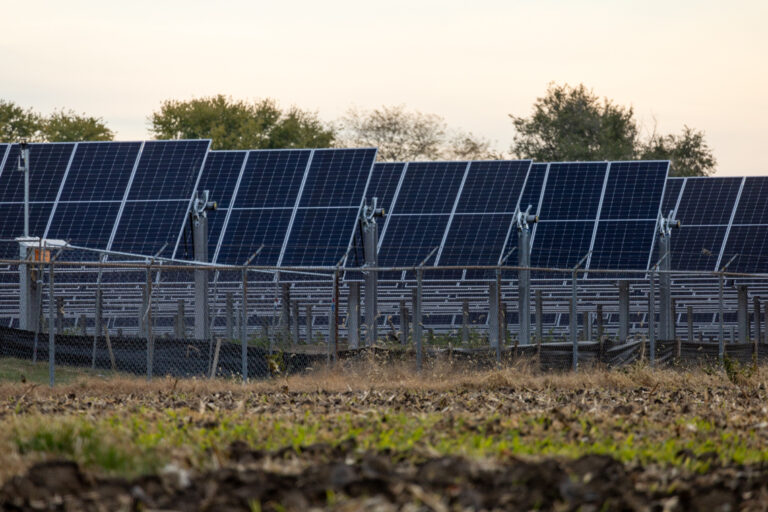
SPRINGFIELD — A closely-watched and long-debated piece of energy legislation is set to become law after passing through both legislative chambers with the governor’s endorsement. The bill that cleared the General Assembly Thursday funds energy storage systems through a new charge to Illinois electric customers that will take effect in 2030. The bill also lifts…

Farmers rely on the Mississippi River to ship grain and bring them imported fertilizer and other critical inputs. But another year of low river levels means barge travel will be more expensive.